
Stunning ruby gemstones showcasing vibrant colors and brilliance.
The most significant feature of ruby is its intense red color, which ranges from deep red to purplish or orangish-red. The finest rubies have a pure, vivid red hue known as "pigeon's blood" red. Ruby is a very hard gemstone, scoring a 9 on the Mohs scale of mineral hardness. This makes it one of the hardest gemstones, second only to diamond. Its hardness contributes to its durability and suitability for jewelry. Ruby exhibits excellent brilliance and luster when properly cut and polished. Its high refractive index allows it to reflect and refract light, resulting in a captivating sparkle.
Rubies can range from transparent to opaque, with transparent rubies being the most valuable. The gemstone's transparency affects its overall beauty and value. Rubies are relatively rare in larger sizes, and fine-quality large rubies command a premium. Most commercially available rubies are smaller in size, with larger stones being highly sought after. Rubies often contain inclusions, which are internal characteristics or imperfections within the gemstone. These inclusions can vary from tiny needle-like rutile inclusions to larger fractures. Inclusions can affect a ruby's clarity and value, although some inclusions may be acceptable depending on their type, size, and location.
In international trade, a red gemstone is a ruby and other colors of it are called Sapphire and always associated with its color, hardness of the red ruby stone is 9 Mohs that is why the stone is suitable for use in the jewelry industry and also has many applications in the field of jewelry. One of the most important properties of sapphire is that it fills the heart with love and nurtures spiritual forces. Ruby increases personality growth, life expectancy, courage, and bravery. It gives independence to the human heart and removes fear and dread.
Red ruby stone is in grading the hardest mineral after diamonds hard as most minerals. Corundum may contain small amounts of impurities such as titanium, copper, manganese, chromium, and iron. Impurities within the stone create different colors like blue, yellow, purple, pink, orange, and red corundum. The properties of the original red ruby are its resistance against the long and short-wave X-ray and a symbol of luck, loyalty and wealth, and blessing as well as a symbol of love.
Among stones of the famous red ruby due to the properties of this gem, is most popular and valuable to most, and of precious stones in jewelry. The red gem in sizes larger than five carats of diamonds worth more and among the jewels are known the sultan or king of stones. This gem has different colors in terms of color, among which its red color is more popular and attractive to people. The red color in this stone is due to the presence of chromium in its structure. Sapphire is another type of gem that has a darker color than the red type and is seen in blue. White and star ruby are other types of this gem that everyone can choose one of the types of this gem according to their interest in colors and take advantage of its properties.
The origin of a ruby can significantly impact its value and desirability. Historically, rubies from Burma (Myanmar) have been highly prized for their exceptional color and quality. Other notable sources include Thailand, Sri Lanka, Tanzania, Mozambique, and Madagascar. Rubies have been revered for centuries and hold cultural and historical significance. They are associated with passion, love, vitality, and power. In many cultures, rubies are considered gemstones of royalty and are believed to bring good fortune and protection.
-
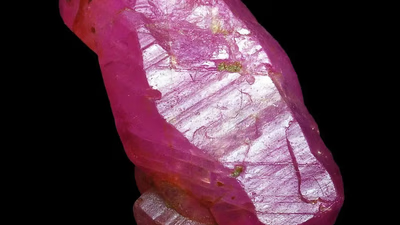
Identifying a genuine ruby gemstone involves several key characteristics. Authentic rubies display a vibrant, deep red color that is evenly distributed, without any noticeable variations. Flaws or inclusions are common in natural rubies, while flawless stones may be synthetic. The refractive index is another important factor; rubies have a high refractive index that can be measured with a refractometer. Additionally, rubies score 9 on the Mohs hardness scale, making them resistant to scratches from most materials. To differentiate real rubies from counterfeits, one can compare the stone"s color and shine with red glass or test its hardness by attempting to scratch it with other materials. Genuine rubies also exhibit excellent heat conductivity and may fluoresce under UV light. Certification from reputable gemological laboratories can further confirm authenticity and quality. "
-
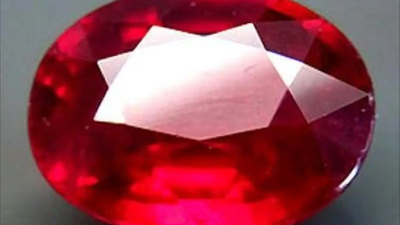
Ruby is a gemstone associated with vitality, passion, and energy. It is believed to enhance physical and emotional strength, promoting motivation and courage. Traditionally linked to love and romance, ruby is thought to deepen emotional connections and attract devotion. Additionally, it possesses protective qualities, shielding against negative energies and providing a sense of security. Ruby is also seen as a symbol of good fortune, believed to bring luck and prosperity in various life aspects, including business endeavors. Its healing properties are noted for improving blood health and boosting the immune system. The stone is said to increase energy levels, promote circulation, and support overall well-being. Historically revered in myths and cultures, ruby has been used as a talisman for power and protection.
However, its potent energy can lead to negative emotions if misused. Ruby"s benefits extend to women’s health issues such as infertility and menstrual pain relief. It is also recommended for treating fever by placing it on the third eye chakra or palm. Overall, ruby embodies strength, courage, joy, and self-confidence. "
-
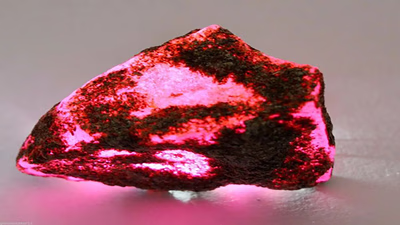
Rubies have been revered since ancient times, with origins tracing back to around 2000 BC in India, where they were known as "ratnaraj" or "king of gemstones. " Ancient texts associated rubies with power, protection, and good fortune. In Europe during the Middle Ages, rubies became symbols of wealth and status among royalty, often featured in crowns and religious artifacts. The Black Prince"s Ruby is a notable historical example, linked to English royalty. By the 13th century, Burma emerged as a key source of high-quality rubies, particularly the prized "pigeon"s blood" variety. Other regions like Thailand and Sri Lanka also gained recognition for their rubies over time. The 19th and 20th centuries saw advancements in mining and trading that made rubies more accessible to the general public. Today, rubies are celebrated for their vibrant color and historical significance, frequently used in fine jewelry and engagement rings. Their symbolism encompasses love, passion, courage, and vitality.
-
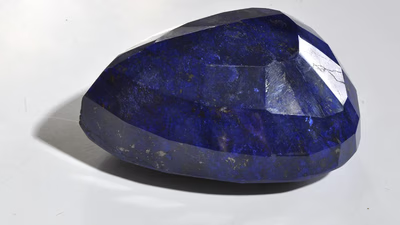
The value of Asian rubies is primarily influenced by color, clarity, size, and cut. The most sought-after rubies exhibit a vivid red hue with a hint of blue, known as "pigeon"s blood" red. Clarity is also crucial; rubies with fewer inclusions are more valuable. Size plays a significant role, as larger rubies are rarer and command higher prices per carat. The cut affects the gem"s brilliance and overall appearance, with well-cut stones being more desirable. Market demand can drive prices up based on origin and specific qualities. Notably, Burmese rubies are historically the most valued due to their exceptional characteristics. Other notable sources include Vietnam, Sri Lanka, and Thailand, each producing distinct color variations.
While heat treatment is common to enhance ruby quality, untreated stones with natural brilliance are considered more valuable. Understanding these factors is essential for buyers and sellers in the Asian ruby market.
-
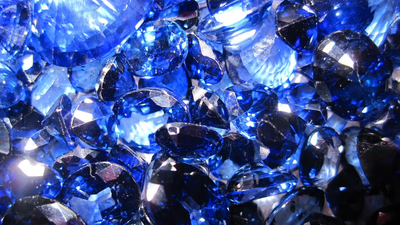
Ruby is renowned for its intense red color, ranging from deep red to purplish or orangish-red, with the most prized hue being "pigeon"s blood" red. Scoring a 9 on the Mohs scale, rubies are among the hardest gemstones, making them durable and suitable for jewelry. Their brilliance and luster are enhanced by proper cutting and polishing, with transparent rubies being the most valuable. Larger rubies are rare and command higher prices. Inclusions within rubies can affect clarity and value; however, some inclusions may be acceptable based on their characteristics. Rubies symbolize love, loyalty, and wealth, often associated with royalty throughout history. The gemstone"s color is attributed to chromium impurities in its structure. Notable sources of high-quality rubies include Burma (Myanmar), Thailand, Sri Lanka, Tanzania, Mozambique, and Madagascar. Rubies have cultural significance across various societies and are believed to bring good fortune.
-
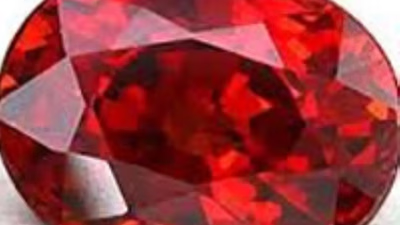
The article highlights some of the largest and most famous ruby gemstones in the world, detailing their weights, origins, and unique characteristics. The Rajaratna Ruby, weighing approximately 2,475 carats, is noted as one of the largest rubies and is housed in Jaipur"s Albert Museum. The Rosser Reeves Star Ruby, known for its six-ray star effect, weighs 138. 7 carats and is displayed at the Smithsonian Institution. Other notable rubies include the Delong Star Ruby from Burma at 100. 32 carats, the Sunrise Ruby recognized for its color and clarity at 25. 59 carats, and the Chhatrapati Manik from India at 20. 6 carats.
The Graff Ruby is also mentioned for its high value after being sold at auction. Additionally, the Liberty Bell Ruby stands out due to its unique shape and weight of 8,500 carats. The Neelanjali Ruby is highlighted for its deep red color and royal significance in India. Lastly, the Pride of Burma garners attention for setting a record price per carat at auction. "






